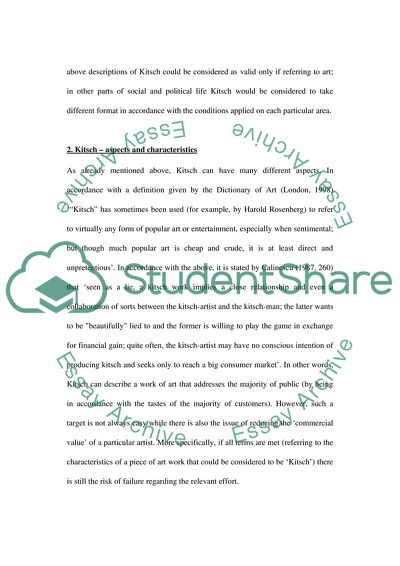Cite this document
(Kitsch in Modern Society Term Paper Example | Topics and Well Written Essays - 2226 words, n.d.)
Kitsch in Modern Society Term Paper Example | Topics and Well Written Essays - 2226 words. Retrieved from https://studentshare.org/sociology/1543514-is-kitsch-always-ironic
Kitsch in Modern Society Term Paper Example | Topics and Well Written Essays - 2226 words. Retrieved from https://studentshare.org/sociology/1543514-is-kitsch-always-ironic
(Kitsch in Modern Society Term Paper Example | Topics and Well Written Essays - 2226 Words)
Kitsch in Modern Society Term Paper Example | Topics and Well Written Essays - 2226 Words. https://studentshare.org/sociology/1543514-is-kitsch-always-ironic.
Kitsch in Modern Society Term Paper Example | Topics and Well Written Essays - 2226 Words. https://studentshare.org/sociology/1543514-is-kitsch-always-ironic.
“Kitsch in Modern Society Term Paper Example | Topics and Well Written Essays - 2226 Words”, n.d. https://studentshare.org/sociology/1543514-is-kitsch-always-ironic.


